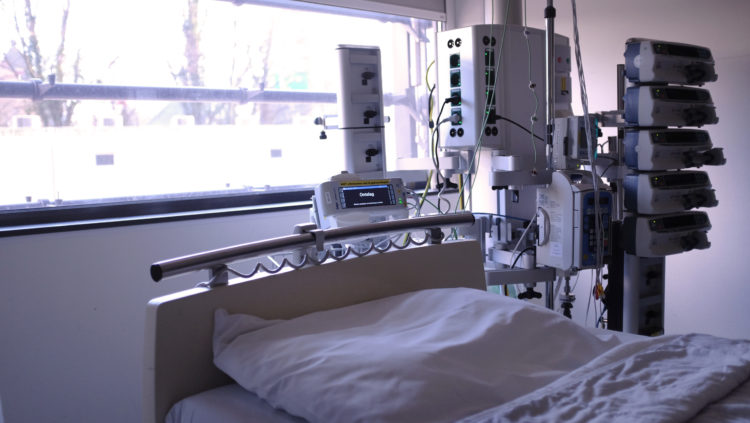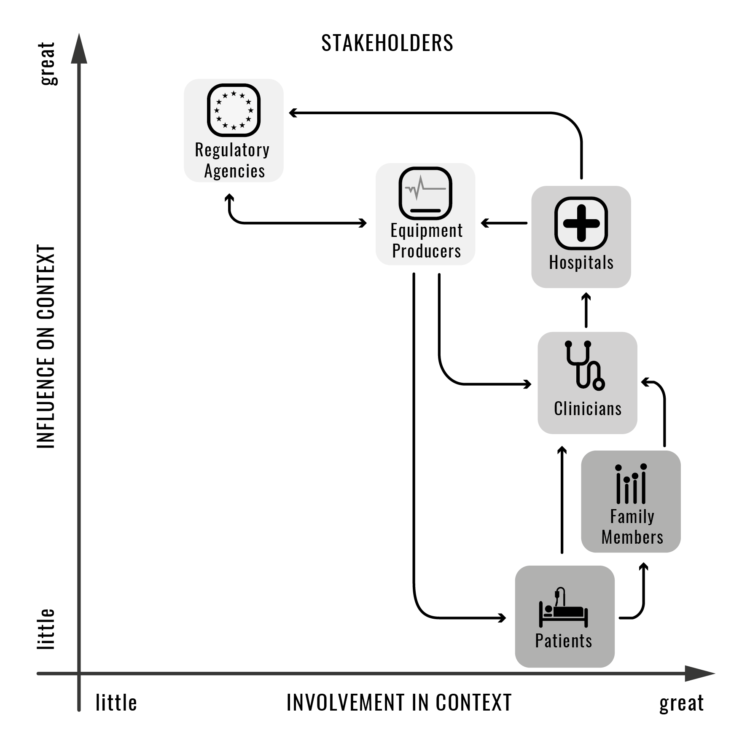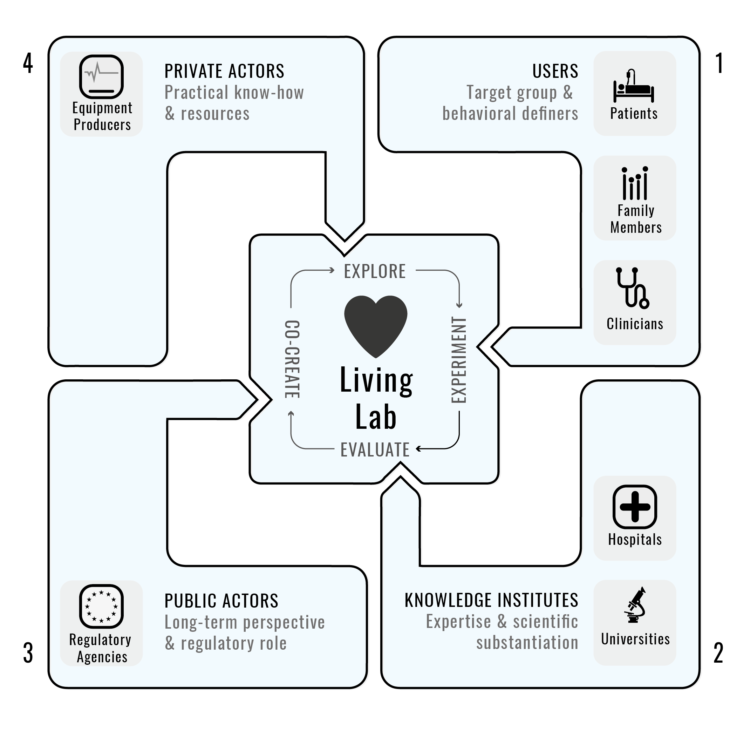About Critical Alarms Lab
Shaping the future of alarms and soundscapes in socio-technological environments


Critical alarm systems in complex environments such as control rooms, hospital wards and vehicle cockpits often mean the difference between life and death. The users rely heavily on the information and alarms of monitoring devices in order to take the right action at the right time. However, in high-stress situations, the alarms are often ignored, yet they are the most needed. We believe design thinking can help us to find the right point of intervention.
It starts with asking the right questions. Why do alarms have to exist? When are they needed? And at what range of intensity?
Silent ICU
Over the years, our projects kept an increasing pace of scale and complexity: from car-driver alarms research with Toyota to the control room of ESA space missions. Currently, we are deepening our knowledge on sound issues in design, specifically in the context of healthcare. These national and international research and design projects are brought together in the ‘Silent ICU’ project (ICU stands for intensive care unit). The project contains a living lab at the Erasmus Medical Center in Rotterdam, a vital partner of the Lab. Together with other stakeholders (see the image underneath) we fight against the issues with alarms in intensive care.


Issues with alarms in intensive care
Intensive care units (ICUs) are one of the most technologically advanced workspaces. Clinicians as well as patients depend on medical devices that are designed with state-of-the-art technology. Yet, due to the audible alarms from the monitoring devices, the ICU has changed into an acoustically hostile environment. As a consequence, the patients’ mental and physical health as well as the clinicians’ wellbeing and work efficiency are threatened. Clinical staff, and even patients, have been reported to turn off sound-producing equipment. Therefore, there is an urgent need to tackle the alarms in the ICU.
Our aim is to improve the work conditions of ICU clinicians and the recovery process of patients. New standards for intensive care have to be set up which should be applicable for the Erasmus Medical Center as well as other Dutch and foreign hospitals.
ICU of the future
To consider the function of the audible alarms in depth and their role in the daily practices of clinical staff, it is essential to consider the entire ecology of intensive care, the healthcare domain in general, and broader societal issues. Design interventions play an important role during these studies, as they are the building blocks of innovative solutions that will manifest the vision for future ICUs. This requires a human-centred but technology-driven approach. The approach involves those inside the ICU who are exposed to the sound environment, but also stakeholders outside the ICU, like manufacturers, policymakers and medical institutions.
